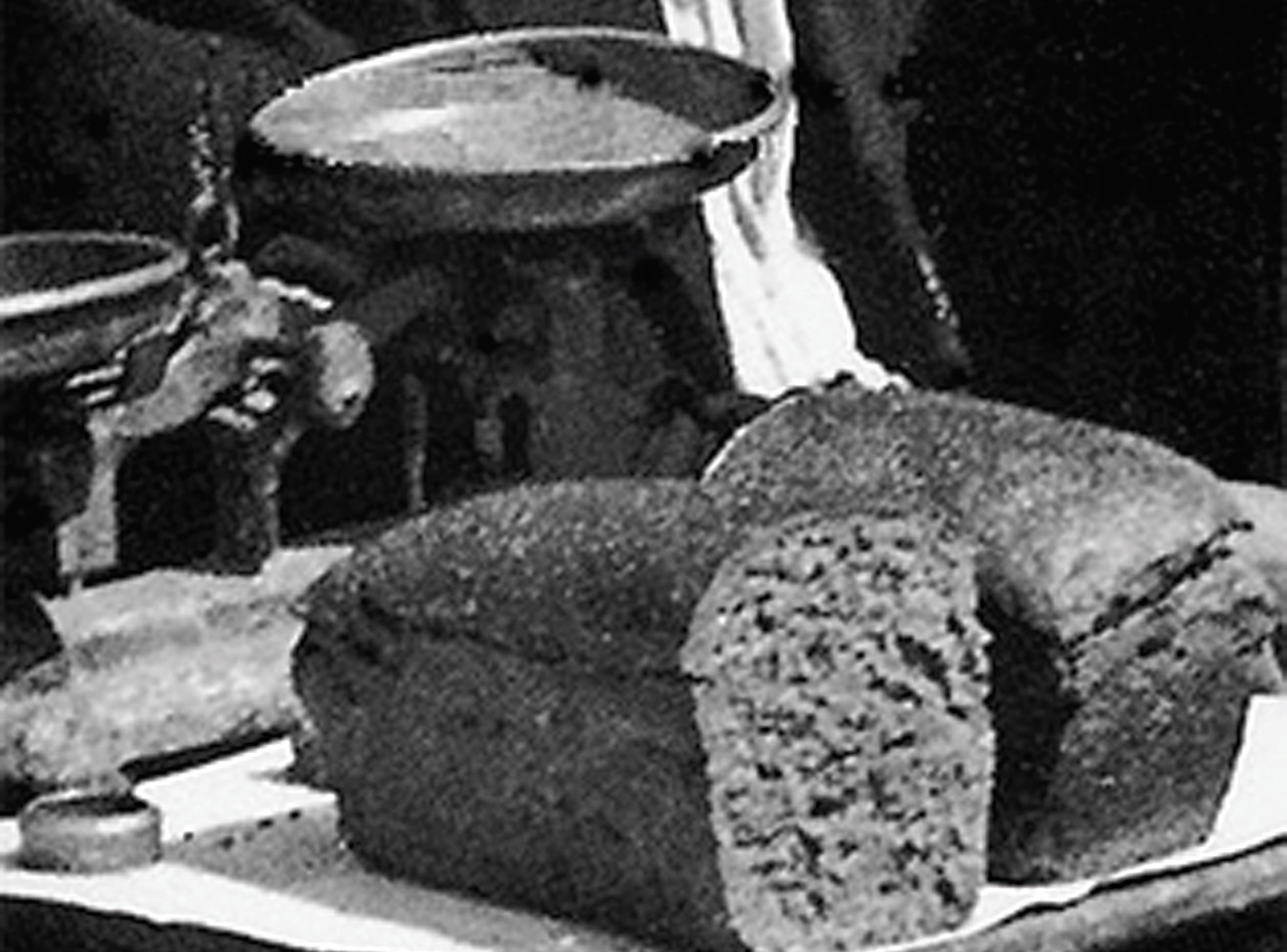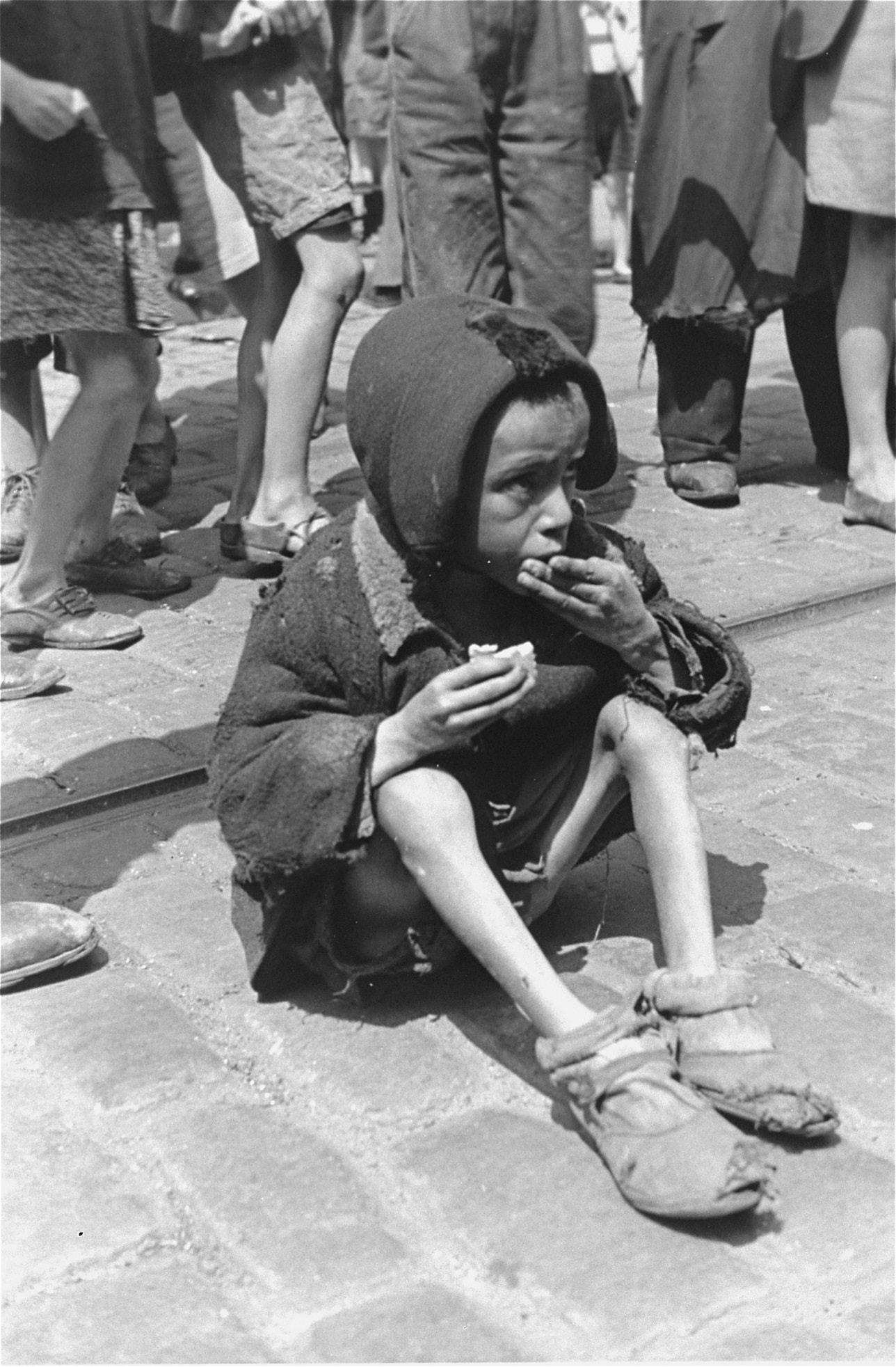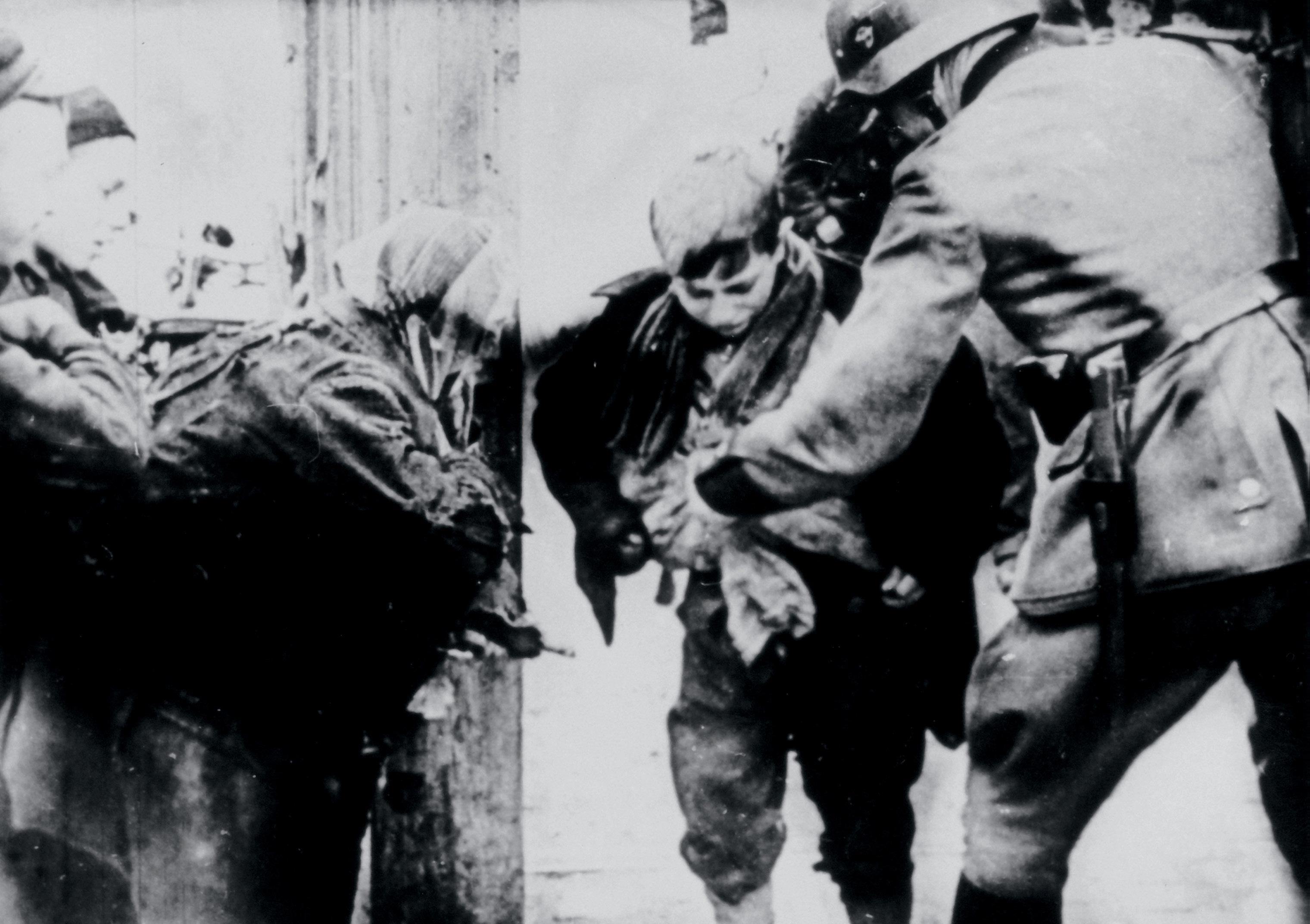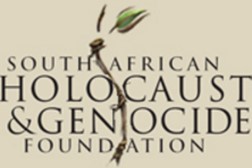In the Ghettos: Starvation and Disease
Living conditions in the ghettos were dire. There was overcrowding and poor sanitation so that contagious diseases spread rapidly. People faced hunger and starvation because of inadequate food supplies. Younger children, especially when orphaned, were particularly vulnerable, because they could not find work, and only those in work were able to obtain ration cards for food. Some children helped support themselves and their families by smuggling food. Others had to beg for food, or they depended on the local Jewish Council's efforts at distributing food to the needy, for example through food kitchens.

 Above: Bread ration on the scales in Lodz. (Polish Fort-Nightly Review, Polish Ministry of Information No. 58,
Above: Bread ration on the scales in Lodz. (Polish Fort-Nightly Review, Polish Ministry of Information No. 58, 


